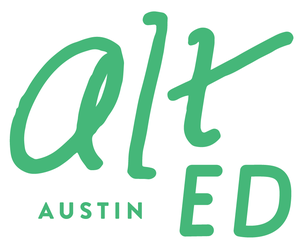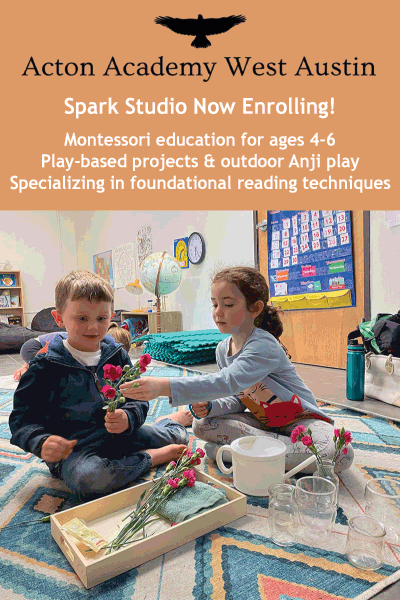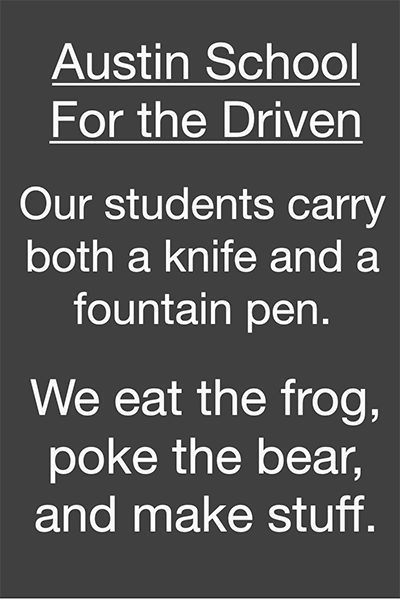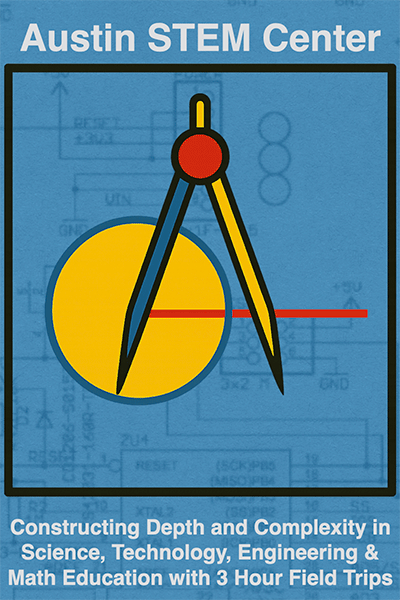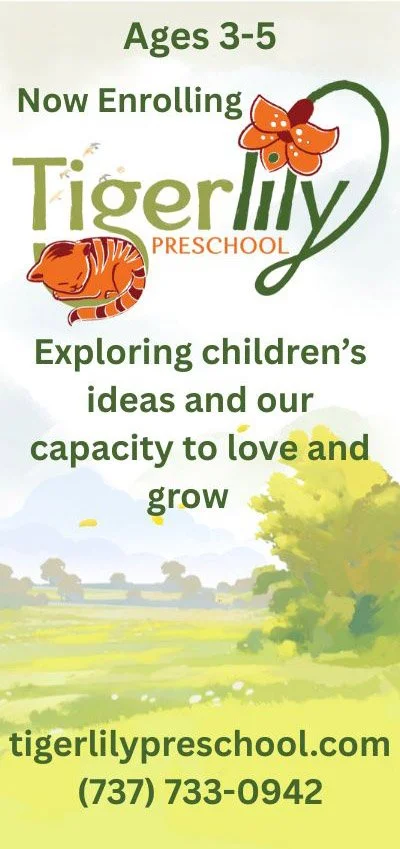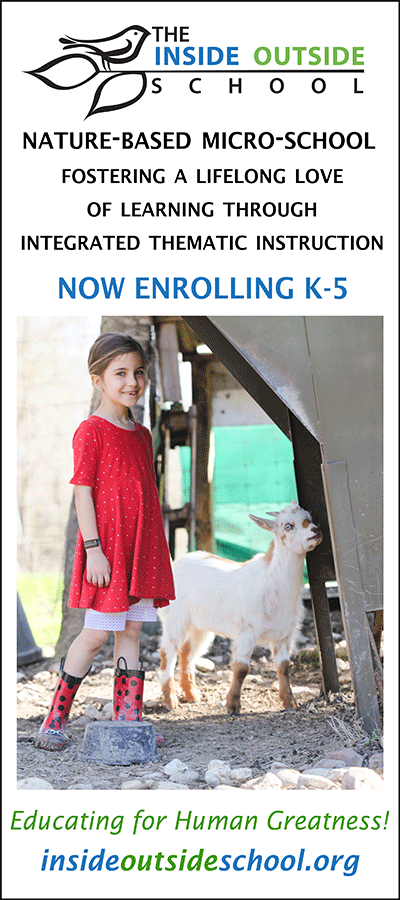How did you decide to write a memoir for a young audience rather than adults?
That decision evolved organically. When I started writing, the voice of a young person just came out—not the voice of an older person looking back at her life. I really liked that voice, so I stuck with it. I hadn’t thought about the age group or my audience at first. I just knew the story I wanted to write. I did some research, and at the time I was starting to write, in 2008–2009, there really wasn’t anything like this available. Now I see it as a great opportunity because I feel young people should know more about what is happening in other countries, and what it’s like to live there.
The work you do in your day job deals with international relations too, so that perspective must be very important to you.
People have always told me I’m a citizen of the world. After 9/11, the circumstances were so tragic and horrifying, and there was a new thirst for stories from other countries and other cultures to help make sense of the world.
And that’s true of children as well as adults. Many classrooms, including the school my own kids attend, have students from dozens of different countries, and it’s phenomenal. I see that my kids and their friends want to understand how people and events are connected.
Why did you decide to write nonfiction, rather than turning your story into a novel?
I started out writing some short stories and personal essays. I think a nonfiction author is just who I am. If you want to hear the true side of a story, take Nioucha with you, my family says. She can’t lie or hide the truth. As a reader, I also gravitate toward authors who write from their own dramas and hardships. That feels genuine and pure, so that’s what I aspire to as well.
But having said that, once I had a book contract, I did decide to take some things out. I had to realize that I wanted to remove things that might be hurtful to people I love.
You’re very hard on yourself though, and honest about your own anger and mistakes. Did you draw on diaries for the book?
As a child, I used to keep some diaries as “someone” to talk to, or a form of therapy. I lost them years ago, but they were written in Persian, so I hope whoever found them just tossed them away. I did write more diaries after we left Iran. I still have those in a box and have not opened them yet. Those were tough years, watching my parents struggle when we first moved to the United States. I just haven’t found the strength to revisit those, but I know that I will look at them eventually because I want to draw on them for another story.
That would be a valuable story for a lot of kids right now to read.
Yes, the issue of immigration is so important right now. It doesn’t matter when you move from one culture to another, it’s still very hard. I find the thought of my parents’ move here with two children really terrifying, now that I have two kids of my own. I think about that a lot now. Migrating is one of the hardest things people can do. We went from stability before the Iranian Revolution to suddenly feeling like the rug was pulled from underneath us in a matter of moments. I carry that with me, realizing that life can turn upside down so quickly. The Syrians are living that right now.
How did you access your memories from so long ago? You talk in minute detail about food, clothes, and music—and then in the next sentence there’s a dramatic political event.
My memories are really intense from that period because of the heightened intensity of life. One day we could be enjoying a wonderful meal with family or coffee with friends, and the next moment we could be running to hide from bomb sirens. Or the religious police could come and arrest people in front of you. There was an element of danger just renting your movies or buying some music because you had to deal with the black market. All my memories from that time are still vivid and detailed. Even now that I live in the United States, I still sometimes panic when I hear a siren. The biggest trigger for me is fireworks. It’s a beautiful thing here, symbolizing family and picnics, and joy—I really have to calm myself down when I hear them, though.
Do you have advice for parents who want to help their kids embrace the world and be citizens of the world like you?
What I do with my kids is bring them often to the local libraries and museums with exhibits about other countries and periods of time. Of course, I love National Geographic’s line of memoirs celebrating people from other countries, which is the series my book is part of. Nawuth Keat and Martha Kendall wrote Alive in the Killing Fields about surviving the Khmer Rouge in Cambodia. There is also so much available for kids on video. You can find series in French and Spanish and other languages on Netflix, with subtitles.
I grew up reading novels by writers from other countries, and that really takes you outside of yourself, so I think most of all I would encourage parents and kids to search their libraries for those stories.
For more information about Nioucha and her story, check out these links:
Shelley Sperry
Sperry Editorial
